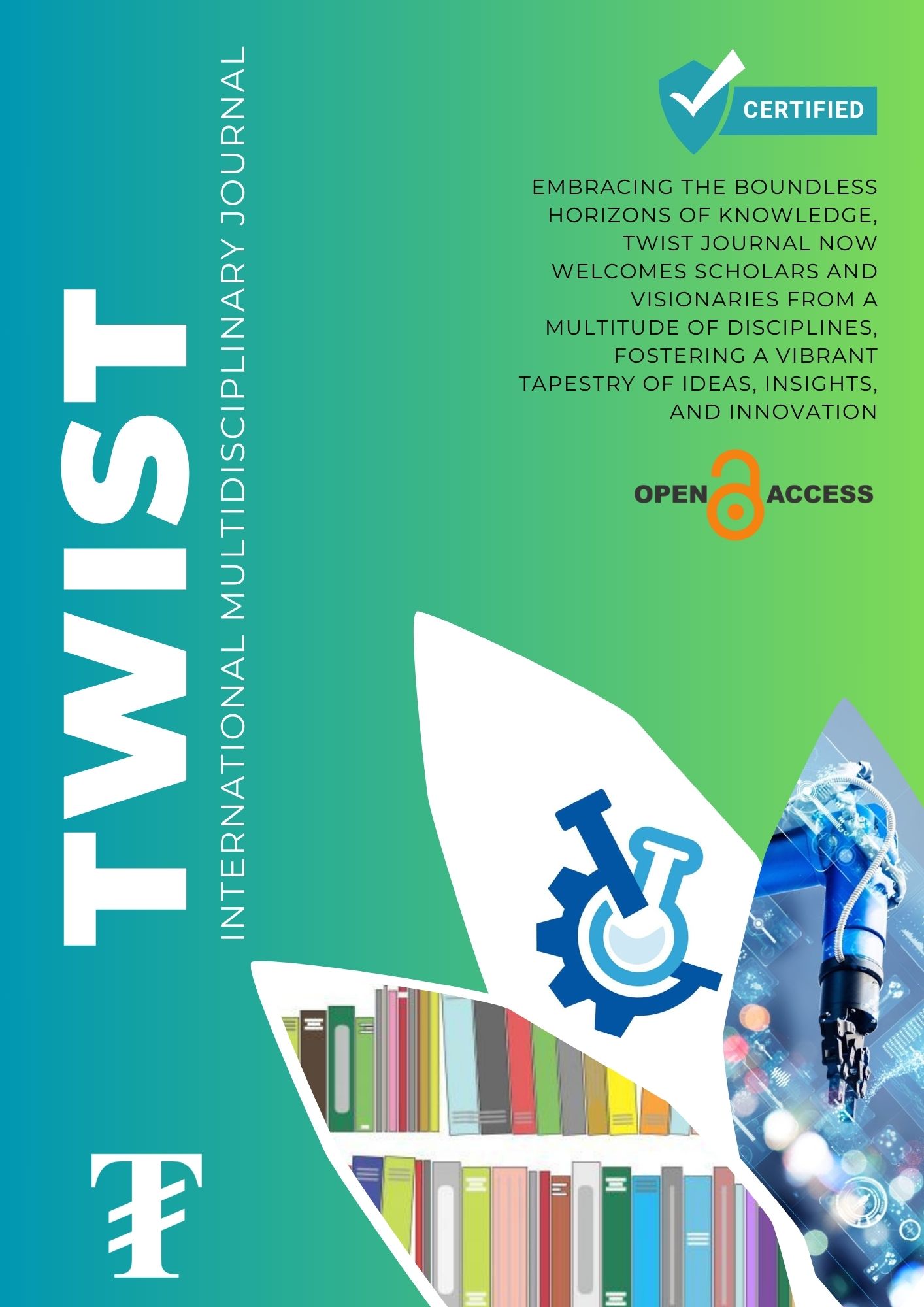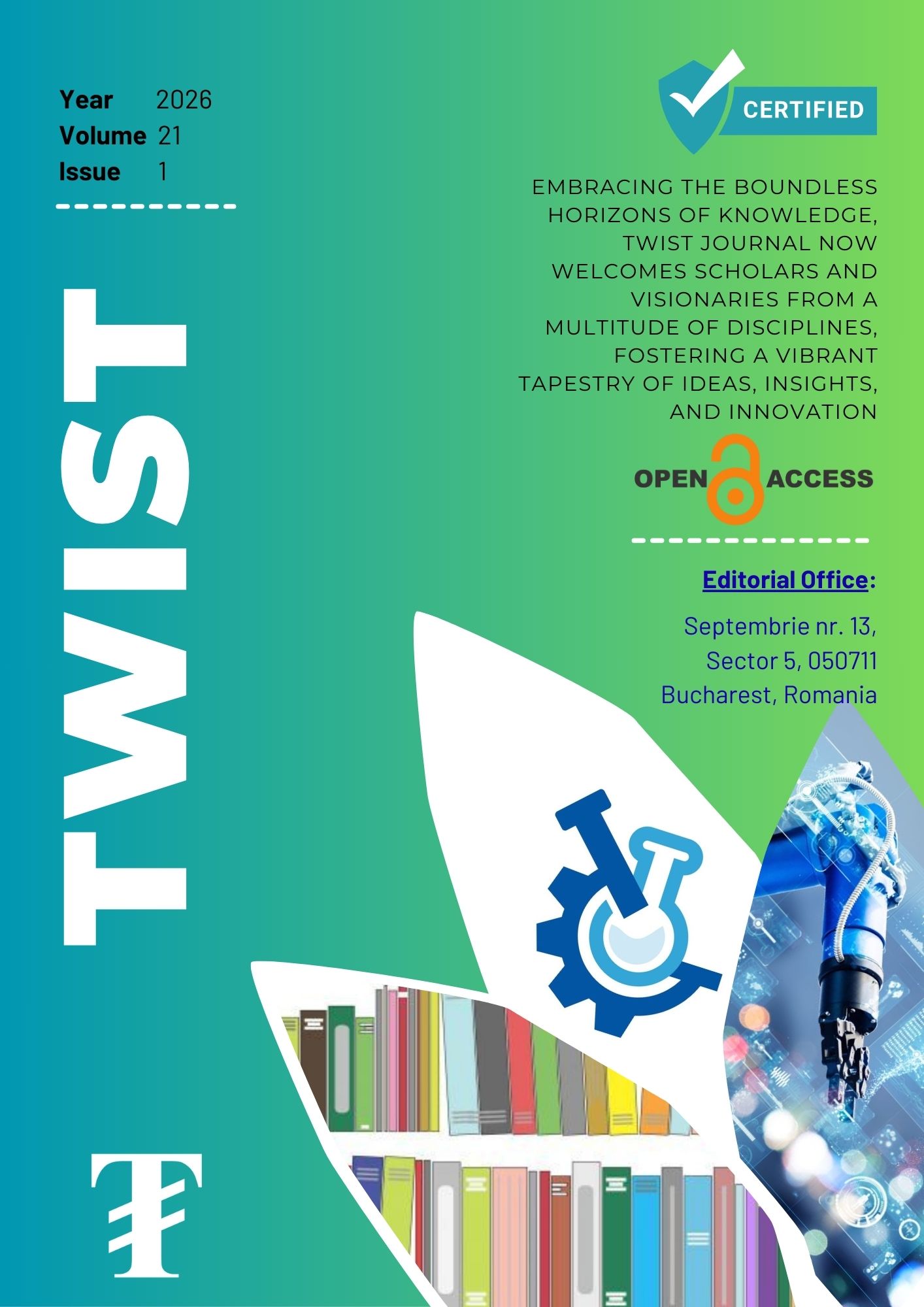Analyzing Vulnerability Dynamics of the Flood-Prone Landscapes through the Context of Social-Ecological System Framework
Keywords:
Adaptive capacity, Exposure, Sensitivity, Resilience, Flood vulnerability index, Davao del NorteAbstract
The study aimed to comprehensively analyze the vulnerability and dynamics of flood-prone landscapes in Carmen, Davao del Norte, using a social-ecological system framework. It utilized twenty-one indicators categorized into exposure, sensitivity, and adaptive capacity developed through combined comprehensive methodologies including systematic literature review, Fuzzy Delphi Method (FDM), and Analytical Hierarchy Process (AHP). To derive data from the barangays, informant interviews, expert surveys, and onsite observations were conducted. The flood vulnerability index (FVI) categorized vulnerability as low (0<V<0.45), medium (0.45<V<0.70), or high (0.70<V<1.00). The findings revealed that Barangays Ising and Mabaus exhibited high vulnerability with FVI scores of 0.75 and 0.72, respectively. The remaining barangays were classified as having medium vulnerability, except for Mabuhay, which demonstrated a low vulnerability score of 0.45. The study underscored the collective influence of social-ecological exposure, sensitivity, and adaptive capacity on vulnerability. It emphasized the imperative of reducing exposure and sensitivity while bolstering adaptive capacity. High levels of exposure and sensitivity coupled with low adaptive capacity correlated with elevated vulnerability. Conversely, efforts to diminish exposure and sensitivity and enhance adaptive capacities were associated with increased resilience. The study highlighted the necessity for collaborative interventions spanning from household to municipal and national levels. It stressed the importance of enhancing community knowledge, preparedness, and adaptive capacity to mitigate social-ecological vulnerabilities, necessitating comprehensive cooperation and participation across diverse levels.
Downloads
Downloads
Published
Issue
Section
License
Copyright (c) 2024 TWIST

This work is licensed under a Creative Commons Attribution-NonCommercial-ShareAlike 4.0 International License.






